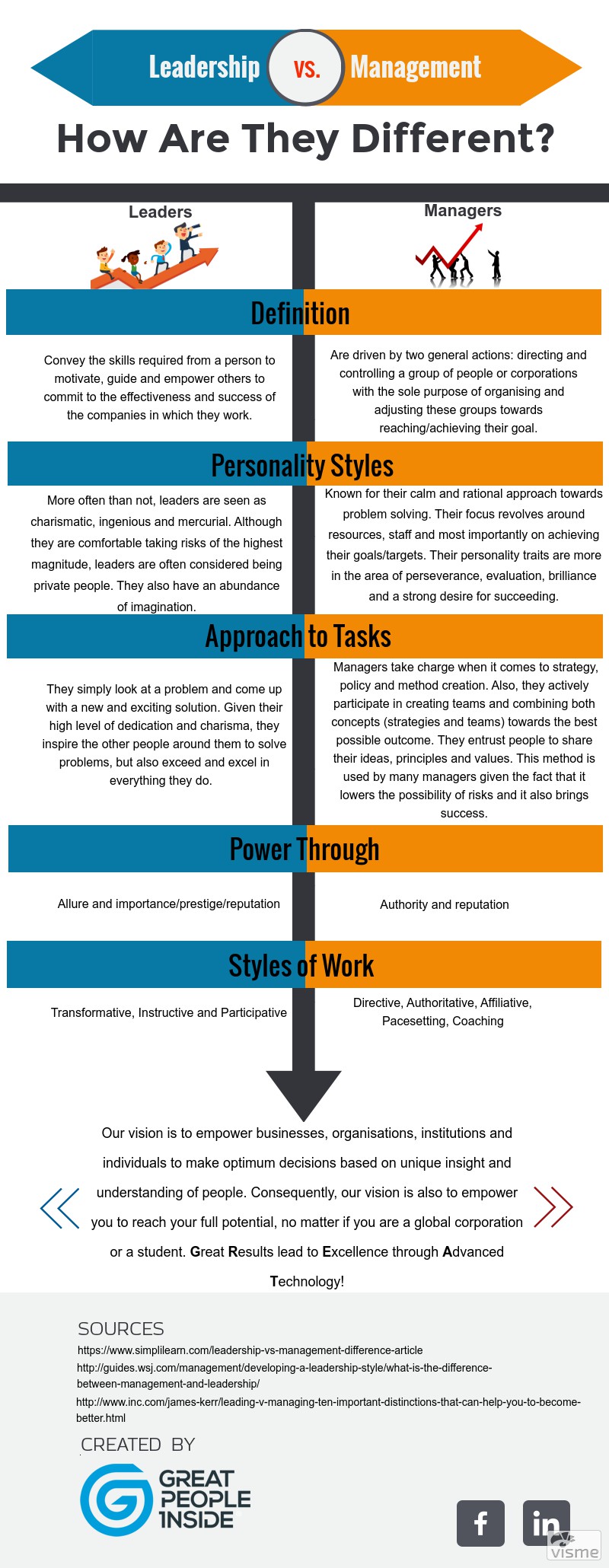Why is freelancing so popular these days?
Freelancing is becoming a more and more common practice in this day and age because of the simple fact people get to ditch the routinely 9 to 5 schedule. In a study conducted by the HR service Paychex, the freelancer market has shown rapid growth. This surge in the freelancing market couldn’t have been foreseen back in 80s or 90s. To put things into perspective, between 2000 and 2014 the freelancer workforce has grown by 500% according to the same report from Paychex. This type of work environment has become possible due to the rise of startups, millennials and their pursuit for a more flexible work schedule. The economic recession and the continuous development of technology have also been key for this shift to occur.
At the moment, there are around 53 million freelancers working in the United States. Out of them all, 14.3 million are people who have full-time jobs, but also perform freelancer tasks when time allows it – they are also known as “moonlighters”. Another 9.3 million people do freelancing in combination with part-time jobs. The remaining people are working as full-time freelancers going from project to project. By 2020, it is estimated that over 40% of the workforce available in America will be pursuing independent work.
Given these numbers and the growing desire for more control over their own schedules, there now are co-working spaces specifically designed for freelancers. It is a well-known fact that working from home can become uncomfortable and maybe just a little bit depressing. In the U.S. this issue is beginning to be tackled, especially in large cities. For example, WeWork has become one of the most popular providers of common workspace for freelancers and has also started expanding outside the United States. They have concentrated on creating the best working atmosphere for everyone around, competing with the best startups. They provide independent workers with things such as fresh fruit, arcade games and even beer on tap. Why wouldn’t anyone want to be a freelancer these days?
Although some people may consider freelancing as a way of avoiding the real working world, businesses actually thrive on finding specific talent for particular projects and needs and with the advantage of a smaller fee. Instead of going through the hassle of interviewing and recruiting someone new (and all that comes with it), companies can now find consultants for each and every project they have. And more often than not, that person has more time to deal with arising issues when that happens.
It is important for people to understand that the freelancing world isn’t about “temporary” work. These people are highly experienced, professional and very engaged with the tasks they have to perform. All they want is more flexibility and most of time they get what they want.
There are also platforms that connect freelance workers with multinational organisations or even small local businesses. A primary example of this type of business is Upwork, a company which manages to connect 3.6 million organisations with over 9 million freelancers from all around the world (180 countries to be more precise). This platform allows large corporations to hire people when the need for a full-time employer isn’t justified and the need for cost control is very important. Small businesses profit from this service as well, especially when they require help with their finances, marketing strategy or even a product launch.
The industry of freelancing is highly evolved, given the fact that there are websites where you can hire people to do your daily menial tasks such as: house repairs, cleaning and running errands of any kind. TaskRabbit is known to offer people this type of service. Amazon is also in this area of business helping people with moving, cleaning, shopping and repairs.
But as with anything in this world, there must also be a downside. Although there are numerous platforms for people to find a job or get help in various activities, due to the increased number of such platforms and the obvious competition that ensues, many of the jobs available do not reach the living wage, which can be difficult for many people.
Finding the right talent, the best fit for the job and your organisation, can be a very challenging task. It requires deep knowledge of your own organisation’s culture and keen understanding of the candidate’s personality, strengths, interests, work style and other characteristics. Our technology and solutions will do the work for you, helping you find employees who can flourish and reach the highest performance required to constantly bring your company forward.
Request a free demo:
Sources:
Entrepreneur.com
Fastcompany.com
huffingtonpost.com








